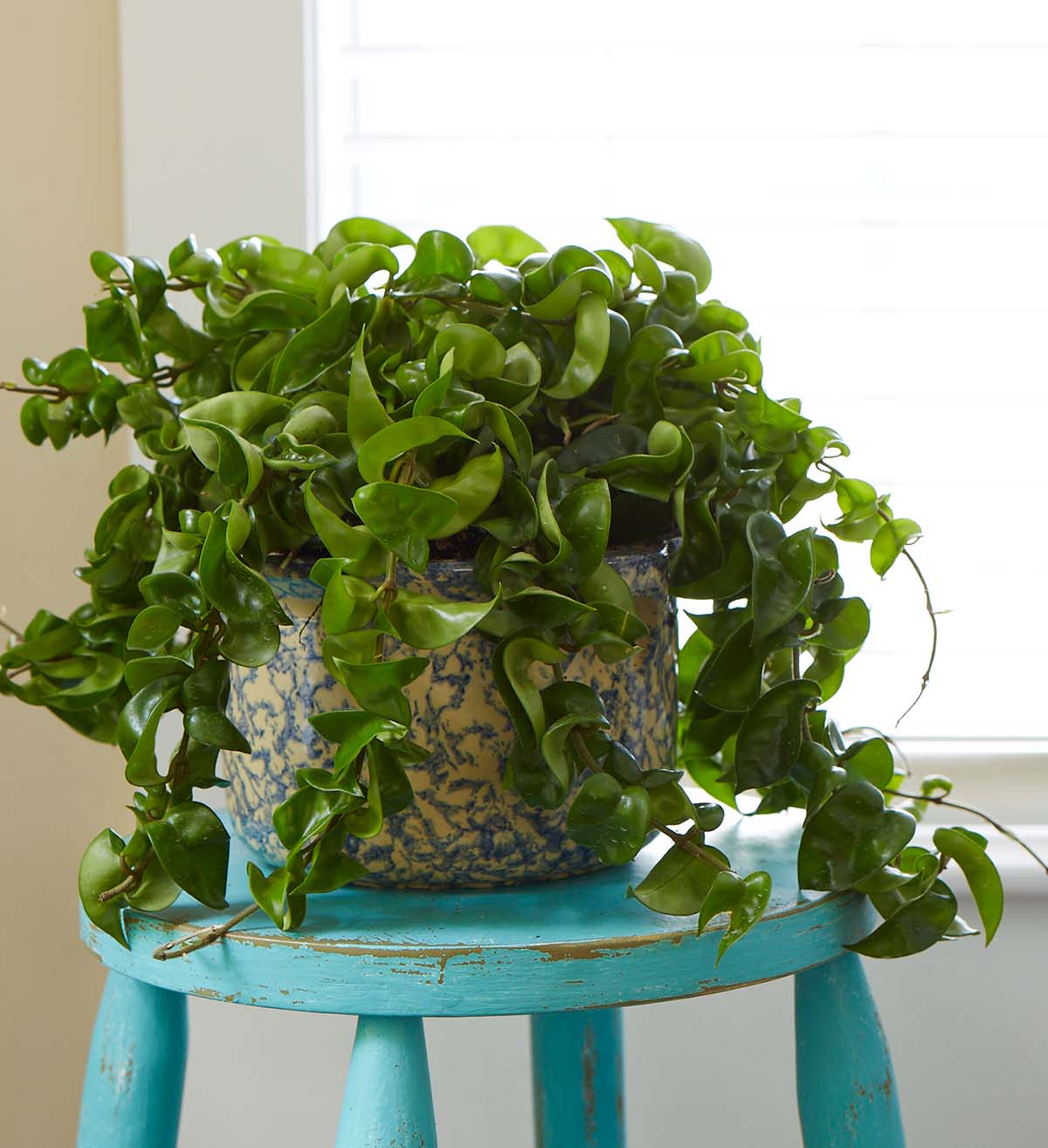Price
Hoya plants are generally affordable, making them accessible to plant enthusiasts of all levels. Prices can vary depending on the specific species, size, and rarity of the plant. Common hoya varieties can often be found at reasonable prices, while rarer or more exotic species may command higher premiums.
Benefits
Hoya plants offer a range of benefits that make them popular choices for indoor gardening:
Air Purification: Hoyas are known to help purify the air by removing toxins and pollutants.

Beauty
Hoya plants are renowned for their stunning beauty, which is derived from their unique foliage and captivating flowers.
Foliage: Hoya leaves come in a variety of shapes, sizes, and colors, ranging from deep green to variegated patterns. Some species have thick, succulent leaves, while others have thin, delicate foliage.
Care
Hoya plants are relatively easy to care for, but there are a few key factors to keep in mind:

Light: Hoyas thrive in bright, indirect light. They can tolerate lower light conditions, but they may not bloom as profusely. Avoid exposing them to direct sunlight, as this can scorch the leaves.
Watering: Hoyas prefer to be slightly on the dry side. Water them thoroughly when the top inch of soil feels dry to the touch. Allow the soil to dry out completely between waterings to prevent root rot.
Humidity: Hoyas appreciate higher humidity levels. You can increase the humidity around your hoya plant by misting it regularly or placing it on a humidity tray.
Temperature: Hoyas prefer moderate temperatures between 65-85°F (18-30°C). They can tolerate slightly cooler temperatures, but avoid exposing them to cold drafts.
Fertilizing: Hoyas are not heavy feeders. Fertilize them once a month during the growing season with a balanced liquid fertilizer diluted to half strength.
:strip_icc()/BHG-Hoya-plant--DvQ805j_Kml8HgbX09tjA0-cc1e13b579e64d43af60ad499ade4e99.jpg)
Pruning: Hoyas generally do not require much pruning. You can prune them to remove dead or damaged leaves or to shape the plant.
Repotting: Repot your hoya plant every 1-2 years or when it becomes root-bound. Choose a pot that is slightly larger than the current one.
Planting
To plant a hoya, follow these steps:
1. Choose a well-draining potting mix. A cactus or succulent mix is ideal.
2. Select a pot with drainage holes.
3. Place a layer of potting mix in the bottom of the pot.
4. Carefully remove the hoya plant from its nursery pot, being careful not to damage the roots.
5. Place the plant in the pot and fill in around the roots with potting mix.
6. Water the plant thoroughly.
How to Care for Your Hoya Plant
Light: Provide your hoya plant with bright, indirect light. A south-facing window is ideal.
Watering: Water your hoya plant deeply but infrequently. Allow the soil to dry out completely between waterings. Overwatering is a common cause of hoya plant problems.
Humidity: Hoyas appreciate higher humidity levels. You can increase the humidity around your hoya plant by misting it regularly or placing it on a humidity tray.
Temperature: Hoyas prefer moderate temperatures between 65-85°F (18-30°C). Avoid exposing them to cold drafts.
Fertilizing: Fertilize your hoya plant once a month during the growing season with a balanced liquid fertilizer diluted to half strength.
Pruning: Hoyas generally do not require much pruning. You can prune them to remove dead or damaged leaves or to shape the plant.
Repotting: Repot your hoya plant every 1-2 years or when it becomes root-bound. Choose a pot that is slightly larger than the current one.
By following these care tips, you can enjoy the beauty of your hoya plant for years to come.
